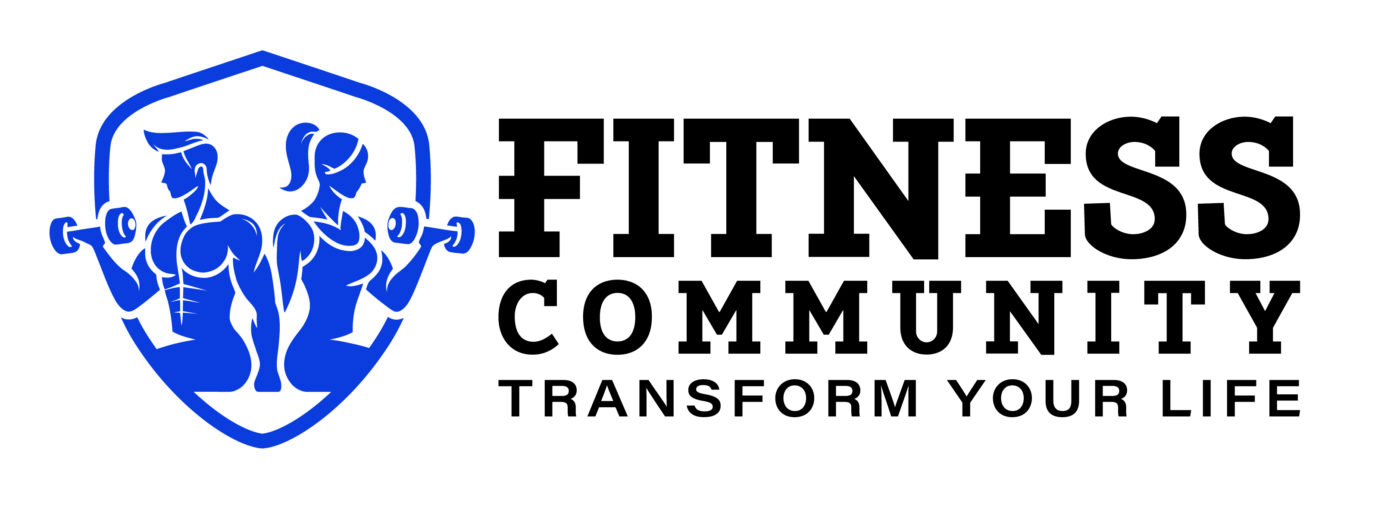STRENGTH TRAINING
Strength Training for Beginners: A Complete Guide to Getting Started
Build Confidence and Get Stronger
Strength training is one of the most effective ways to improve your long-term health, but starting out can feel overwhelming. Gyms can be intimidating, and beginners often experience self-doubt and confusion about where to begin. However, lifting weights is not as daunting as it seems. With a few essential tips, you can gain confidence and start your strength training journey with ease. Here, C&TH’s resident personal trainer Ellie Smith shares a comprehensive guide for beginners.
What is Strength Training?
Strength training, also known as resistance training or weight training, is a form of exercise that uses resistance to build muscle strength. This can be done with equipment such as dumbbells, kettlebells, weight machines, or simply by using your own body weight.
Research has shown that resistance training offers numerous benefits, including increased muscle mass, improved bone density, better heart health, and enhanced posture. Additionally, strength training can have significant mental health benefits, such as reducing anxiety and improving cognitive function, potentially lowering the risk of conditions like Alzheimer’s disease.
Tips for Getting Started
1. Begin with Bodyweight Exercises
Before incorporating heavy weights, it’s crucial to master form and technique with bodyweight exercises. Proper form not only maximizes effectiveness but also prevents injury. Start with fundamental movements like squats, lunges, and planks before progressing to weighted exercises like rows and presses. When using weights, start light and gradually increase as you build strength and confidence.
2. Use Fitness Apps for Guidance
While personal training sessions can be invaluable, fitness apps provide a more budget-friendly alternative. Apps like the Nike Training Club, FIIT, Peloton, and Give Me Strength offer structured workout plans and instructional videos to help you learn proper technique.
3. Set Clear Goals
Setting goals provides direction and motivation. Use the SMART framework—Specific, Measurable, Attainable, Relevant, and Time-bound—to set realistic goals. As a beginner, a goal could be attending the gym twice a week for six weeks. As you progress, you can work toward lifting a specific weight or achieving an advanced movement like a pull-up.
4. Plan Your Workouts in Advance
Avoid aimlessly wandering around the gym by planning your workouts ahead of time. Many certified fitness professionals and organizations, such as NASM and HFE Training, offer expert advice online. Following a structured plan helps ensure balanced muscle development and consistent progress.
Structuring Your Workout
When designing a strength training routine, follow these general guidelines:
Choose Your Focus: Decide whether you’re doing a full-body, upper-body, or lower-body workout. A good starting point is to include one session for each per week.
Warm-Up: Begin with five to seven minutes of mobility exercises and dynamic movements like hip circles, lunges with twists, and plank walkouts to increase blood flow and prepare your muscles.
Compound Exercises: These multi-joint movements engage multiple muscle groups, maximizing efficiency. Examples include:
Squats (glutes, hamstrings, quads)
Deadlifts (core, glutes, hamstrings)
Rows (back, shoulders, arms)
Isolation Exercises: These target specific muscles, helping with definition and strength in weaker areas. Examples include:
Bicep curls
Tricep dips
Leg extensions
Reps and Sets: Start with 8-12 reps per exercise, completing 3-4 sets before moving on. Alternatively, perform exercises in a circuit and repeat it multiple times.
Progression: Gradually increase difficulty by adding weight, increasing reps, or incorporating advanced techniques like supersets (performing two exercises consecutively before resting).
Cool Down: Finish with stretching and breathing exercises to reduce muscle soreness and promote flexibility.
Choosing the Right Equipment
Bodyweight Exercises
For beginners, bodyweight exercises are a great starting point to build strength and proper movement patterns.
Weight Machines vs. Free Weights
Weight Machines: Ideal for beginners as they provide guided movement and often include instructions. Machines are excellent for isolating muscles and offer a controlled way to add resistance.
Free Weights: Dumbbells, kettlebells, and barbells provide a greater range of motion and help develop functional strength. Dumbbells work well for controlled strength exercises like shoulder presses, while kettlebells are great for dynamic movements like swings.
Barbells: Typically used for advanced strength exercises like squats and deadlifts, barbells allow you to lift heavier weights but require proper technique and setup.
If you’re unsure how to use a piece of equipment, don’t hesitate to ask a gym instructor for guidance.
Final Thoughts
Strength training is an empowering and effective way to enhance physical and mental health. By mastering foundational movements, setting realistic goals, and following a structured routine, beginners can build strength and confidence over time. Whether using bodyweight exercises, machines, or free weights, consistency is key to progress. Start at your own pace, listen to your body, and enjoy the journey toward a stronger, healthier you.

